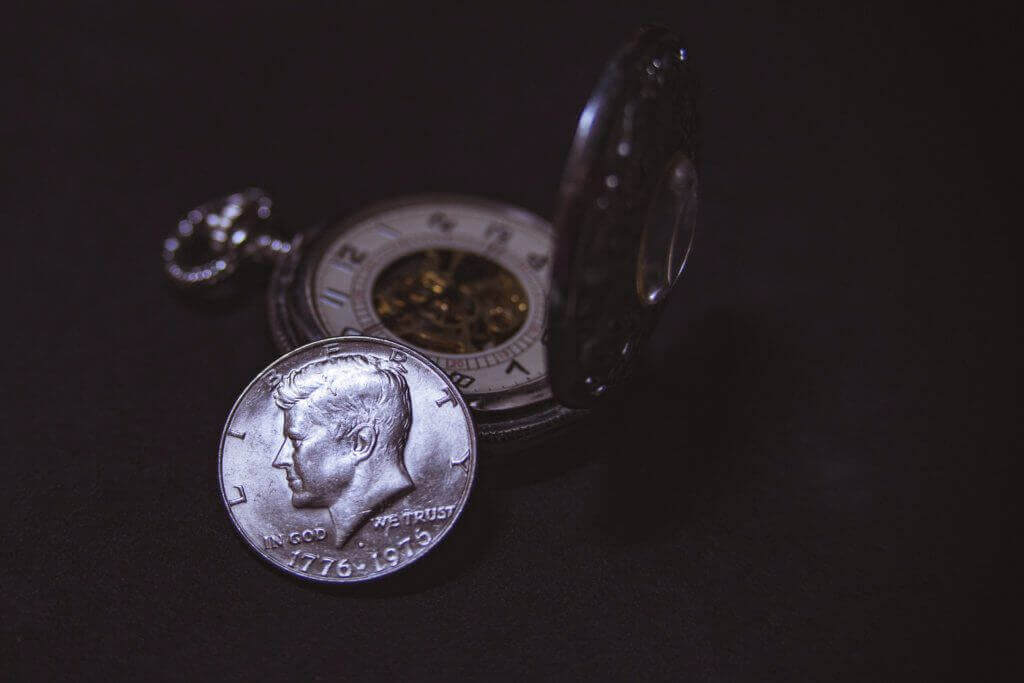

Hearing about Covington from the folks who live or visit here can give you a sense of how much fun a trip to Covington can be. Our blogs allow you to make a deep dive into Covington as you plan your visit.

When you think of the wild west, what images come to mind? Maybe it’s the exchange with Indians as settlers move into unknown territory, log cabins in the woods, the men hanging out at the town’s saloon, the stagecoach bringing news and supplies to an area sparsely developed, or the sheriff that is stopping lawlessness.
What you might not realize is these are the images of Covington and Newton County in the early 1800s. Photographs and historical buildings can still be seen by visitors as part of our history tourism.
In the earliest history of Newton County, settlers were moving inland in Georgia and displacing the local Indians. Our area had long been occupied by the Creek Indian Nation until they ceded their lands to the government. This led to the 1807 land lottery. Less than 20 years later, on December 24, 1821, Newton County was formed from part of that land and named in honor of John Newton, a Revolutionary War hero. Covington, Georgia was then founded in 1822. Originally named Newtonsboro, the town was changed to Covington in honor of Leonard Covington, a hero of the War of 1812 and U.S. Congressman.
During the first few decades of Newton County’s development, stagecoach lines linked to places within the community as well as to other regions throughout Georgia. As an important part of our transportation history, stagecoaches brought settlers, supplies and materials into the area. In 1821, the center of the area’s activity was a settlement called Winton and the Brick Store, a general store and stagecoach stop. The Brick Store is one of the earliest buildings in Newton County and one of the oldest buildings in Georgia that has been preserved. The site includes a tablet from 1933 commemorating the Stage Coach Crossroads.
Much of the stage route followed along Highway 278, with portions today covered by I-20. Another little tidbit for those interested in transportation history, it is thought that a house built at 38 S. Broad St. in Porterdale was once a stagecoach inn for Cedar Shoals (later renamed Porterdale).
The Brick Store has long been an important structure in Newton County. It served as the first court location and the jail if someone was found guilty and sentenced. Since there were no bars on the doors or windows, a court officer was appointed to guard the prisoner. However, state law required that the county seat be in as central an area of the county as possible. After the first session of Newton County Court in April of 1822, the Georgia General Assembly decided that the county seat would be moved west to Covington.
A temporary courthouse (1822) was constructed in Covington until the first permanent courthouse (1824) was completed at the center of the square. A second courthouse (now known as the old courthouse) was later built in 1885 after the first was burnt down in a fire. The first courthouse location has been transformed into the park-like setting that is now Covington Square.
The first actual jail burned before construction finished. A second jail was a one room caboose built off the square behind the historic courthouse. In 1901, a new jail was built that was state-of-the-art for its time. It was located on the corner of Stallings Street and Court Place, which was later renamed Hunter Street.
If you are wondering how lawless this area was compared to iconic images of the wild west, imagine a saloon built by RW Bagby in 1884 along the square in Covington. The saloon was blown up two years later and was then rebuilt. During the early days of Newton County history, there were a few saloons along the square. Some of them might have burnt down since fires were common. The entire northern side of the square, including the first courthouse, burned down in 1883. From murders to fires, the stories from the 1800’s have brought around some of the best ghost stories in Covington, Georgia. You can hear about these stories during a ghost tour.
Rail transport was also important to our county’s development and history tourism. In 1828, U.S. Senator Wilson Lumpkin and Hamilton Fulton rode through Covington to explore the potential for building a canal westward from Augusta. As they traveled through the area, their concept changed from a canal to a railroad with a stop planned in Covington.
Planters, mill owners, and other businessmen helped organize a line in 1836. The arrival of the Georgia Railroad (1845) and then the Middle Georgia and Atlanta Railroad (1894) were significant in the growth and vitality of Covington and the surrounding area. With the coming of the railroad, cotton-growing began to replace farming as the major source of income. In addition to helping agriculture and mills thrive, the railroad brought development. Mule-drawn streetcar transportation, such as from the Covington Oxford Street Railroad Car, would transport passengers from the train depot to downtown Covington. By the late 1800s, the industrial base was expanding and creating local jobs.
While many of the original railroad route from the 1800s is gone, remnants of tracks remain along some of our trails. If you are interested in railroad tourism, an interesting spot to visit is Porterdale with its historic railroad depot and rail car and the Yellow River Path, which follows the old railroad bed.